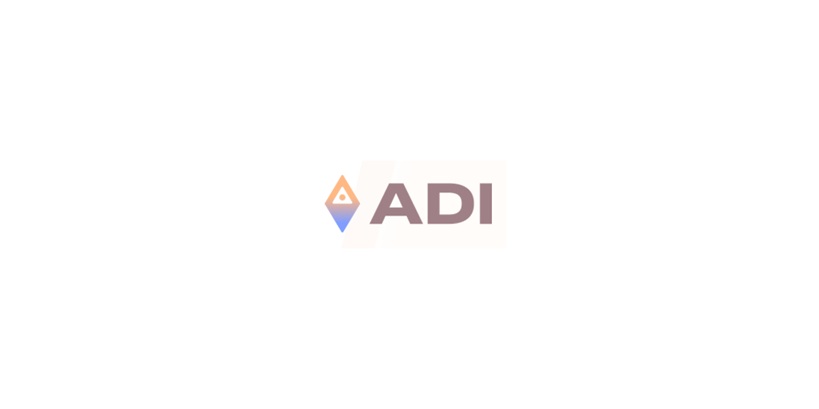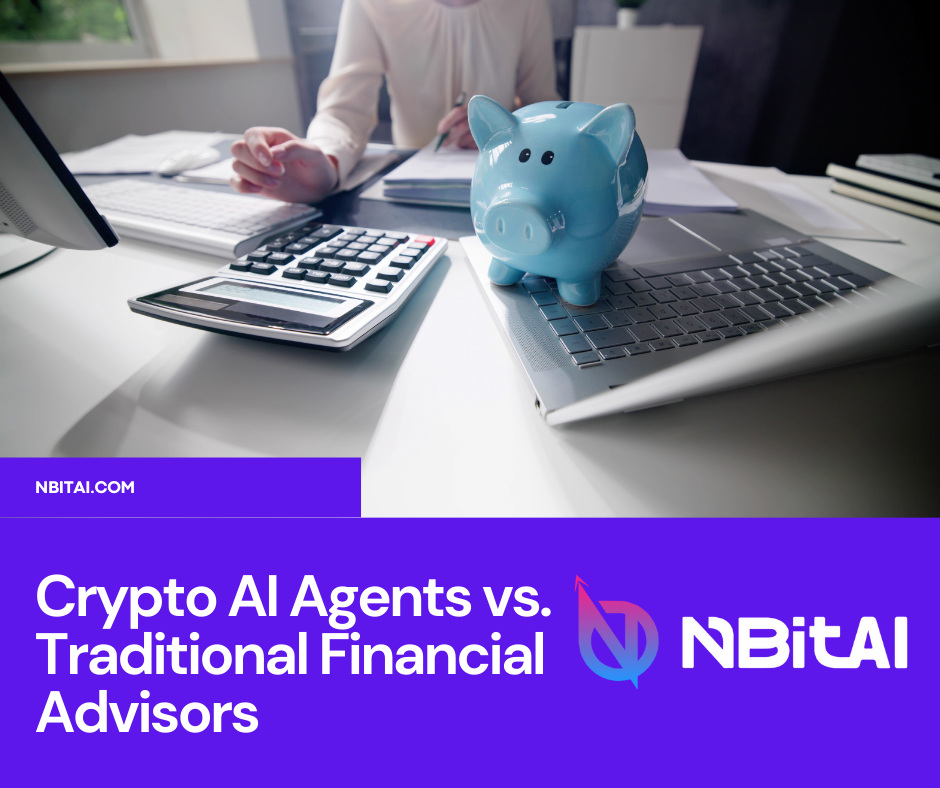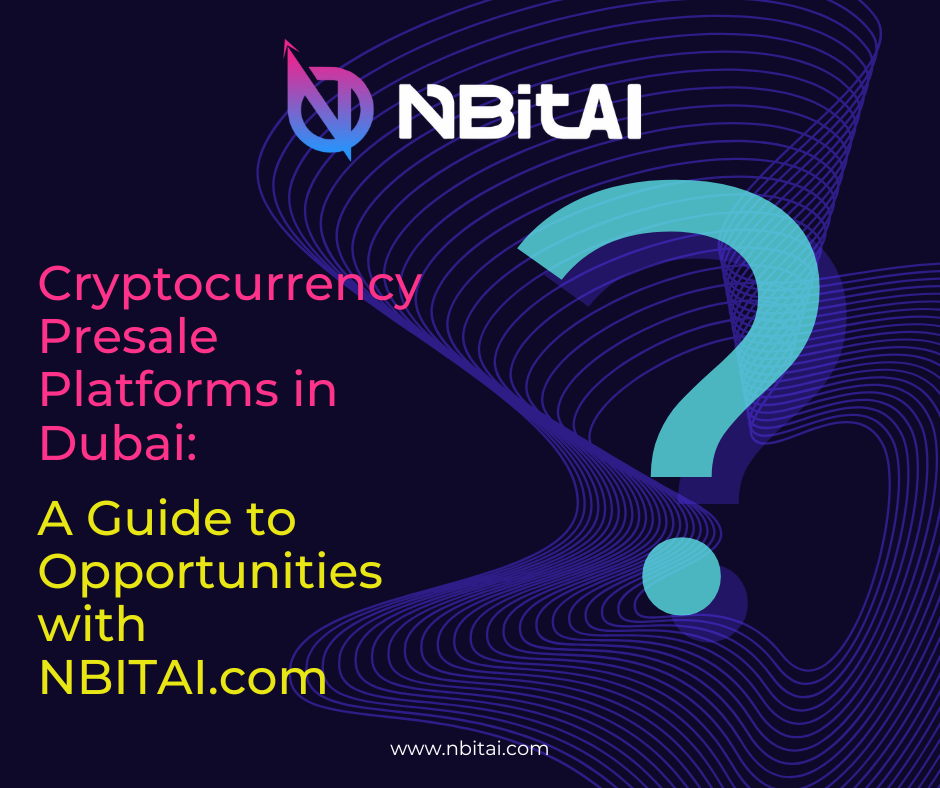The United Arab Emirates has launched a sovereign-backed Layer-2 blockchain — ADI Chain — now live on testnet, backed by ADQ (sovereign wealth fund), First Abu Dhabi Bank (FAB), and IHC. This marks a significant step toward regulated digital currency infrastructure designed for real-world payments, not merely trading.
ADI Chain: Built for the Real Economy

While many stablecoins today (USDC, USDT) are optimized for trading — with more than 90% of volume coming from market makers and prop desks — ADI Chain focuses on powering domestic payment rails. The goal is clear: enable native AED stablecoin use across government services, retail commerce, wage payouts, and tourism.
Technical & Product Highlights
- EVM-compatible Layer-2 for easy integration with existing smart contracts and developer tools.
- GPU-accelerated & AI-optimized infrastructure engineered for high throughput and low fees.
- Compliance-first design to meet regulatory needs from day one (designed for banks, institutions, and government rails).
- Ambitious reach: a target of 1 billion on-chain users by 2030 (platform objective).
Why This Matters
The UAE is executing a full-stack digital currency strategy: sovereign backing, regulated stablecoin issuance, and compliant blockchain rails. This places the country alongside a handful of jurisdictions actively building sovereign crypto infrastructure — a different path compared to chains created primarily to boost trading volume.
“Circle and Tether built chains to increase trading volume. The UAE is building ADI Chain to build an economy.”
Global Context: Stablecoins vs CBDCs
Globally, central banks have been experimenting with CBDCs (Central Bank Digital Currencies). China’s digital yuan pilot is the most advanced, while the EU is still consulting on a digital euro. The US remains cautious, with discussions around digital dollars largely tied up in political and privacy debates.
Stablecoins, meanwhile, filled the vacuum left by slow-moving CBDC projects. USDT and USDC dominate global liquidity but are primarily used in trading. ADI Chain is different: it’s designed to combine the efficiency of stablecoins with the regulatory clarity of CBDCs. That balance — fast-moving infrastructure with sovereign backing — could set a precedent for other countries exploring digital money.
Economic Implications for the UAE
In the UAE, a blockchain like ADI Chain isn’t just about financial innovation — it directly links to national goals. Consider a few real-world examples:
- Retail: Tourists spending AED stablecoins via blockchain wallets could simplify cross-border transactions and reduce FX costs.
- Wages: Migrant workers sending remittances back home would benefit from faster, cheaper transfers compared to traditional money exchanges.
- Government services: Tax payments, licensing fees, or fines could all move onto-chain, reducing bureaucracy and boosting transparency.
- Tourism: With millions visiting Dubai and Abu Dhabi every year, AED stablecoins could simplify travel money and spending for global visitors.
Regulation & Policy Alignment
The UAE has built one of the world’s most progressive regulatory frameworks for digital assets. From VARA in Dubai to Abu Dhabi’s ADGM, the region is positioning itself as a global hub for compliant blockchain finance. ADI Chain’s sovereign backing ensures that banks, corporates, and institutions can use the network without facing the uncertainty that surrounds many private blockchains.
Compare this to the EU’s MiCA regulation, where compliance is strict but innovation is slowed by legal debates. The UAE’s approach — “test, launch, iterate” — may allow it to capture first-mover advantage in the digital currency economy.
Developer and Startup Ecosystem
A sovereign-backed chain like ADI Chain also sends a strong signal to developers and startups. For entrepreneurs building payment solutions, remittance apps, loyalty programs, or even tokenized real estate platforms, the availability of a compliant, government-backed blockchain rail is game-changing. Startups won’t have to worry about banks freezing accounts or sudden regulatory U-turns — the network itself is sovereign-approved.
This could spark a new wave of fintech and Web3 startups centered in Abu Dhabi and Dubai, turning the UAE into not only a trading hub but also a global blockchain innovation lab.
Challenges and Open Questions
Despite the excitement, challenges remain:
- User adoption: Will residents and tourists embrace blockchain wallets for everyday transactions?
- Merchant integration: How fast can retail systems, POS terminals, and e-commerce platforms integrate AED stablecoin payments?
- Cross-border recognition: Can the AED stablecoin gain traction outside the UAE, especially in major remittance corridors?
- Scalability: Even with GPU acceleration, can the network handle mass adoption without compromising decentralization?
Long-Term Vision
The UAE’s long-term vision is clear: position itself as a leader in digital finance and payments. ADI Chain is not a speculative project designed to chase crypto hype. It’s an infrastructure play — one that could transform how governments, businesses, and individuals interact with money.
By 2030, if the chain reaches even half its ambition of a billion on-chain users, it would rival the scale of today’s largest global payment networks. That possibility makes ADI Chain one of the most consequential blockchain launches in recent years.
Final Thought: ADI Chain is not a speculative whitepaper — it’s a sovereign-backed testnet moving toward production. For countries watching the payments revolution, the question is simple: who will execute next?






